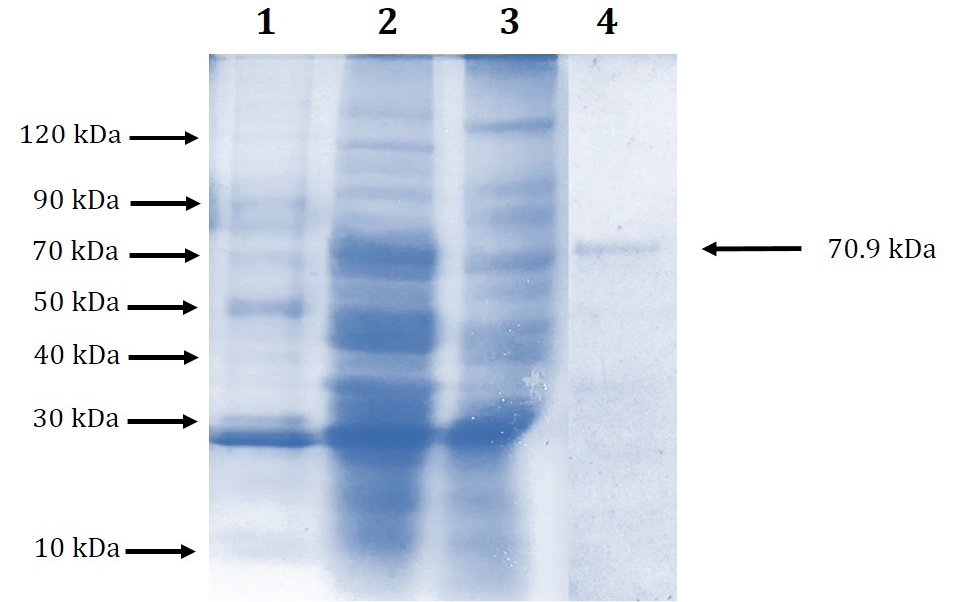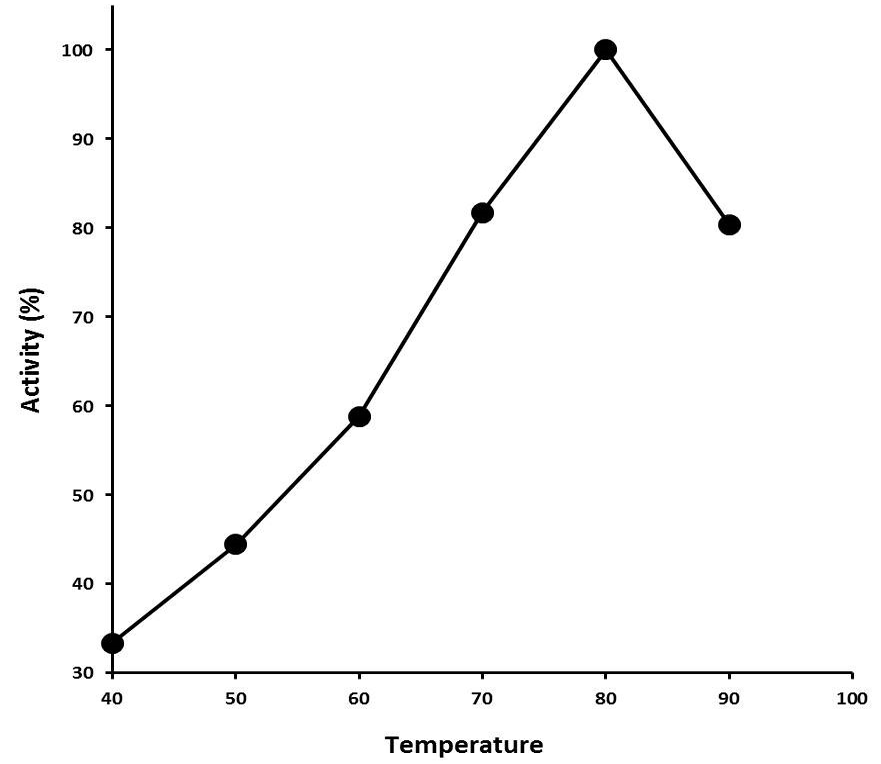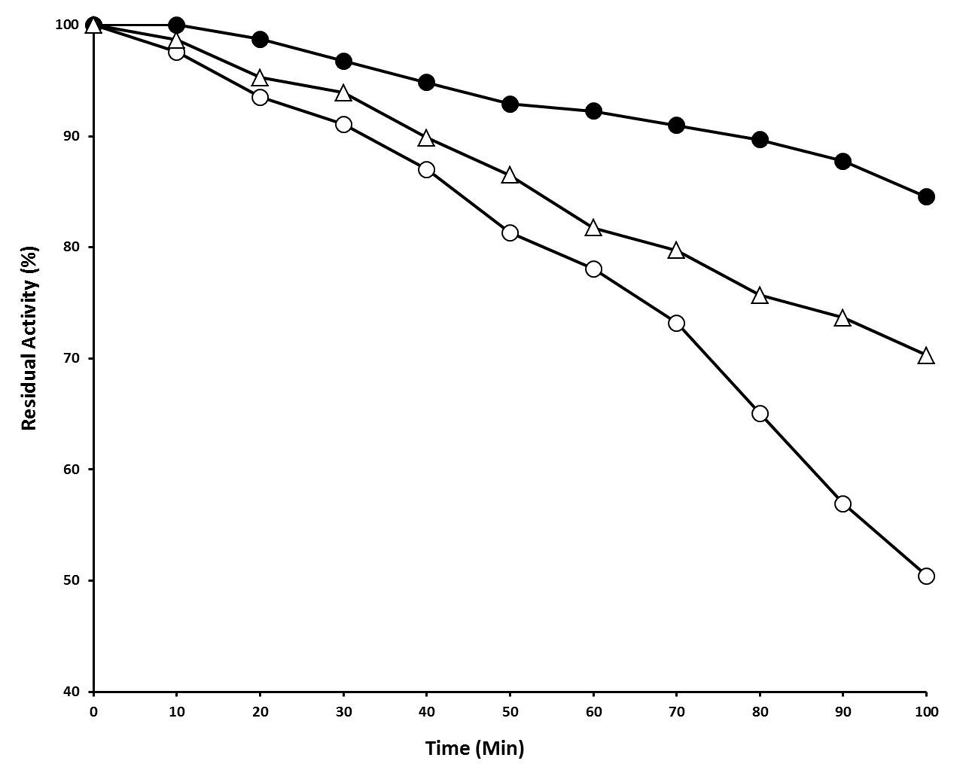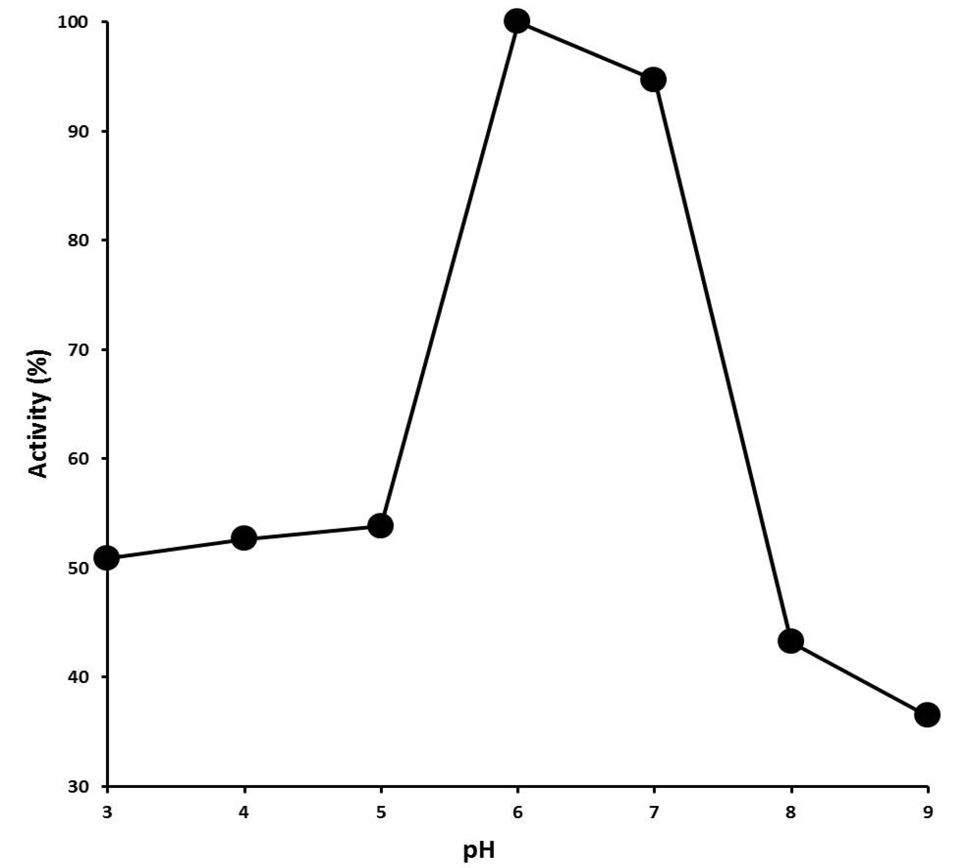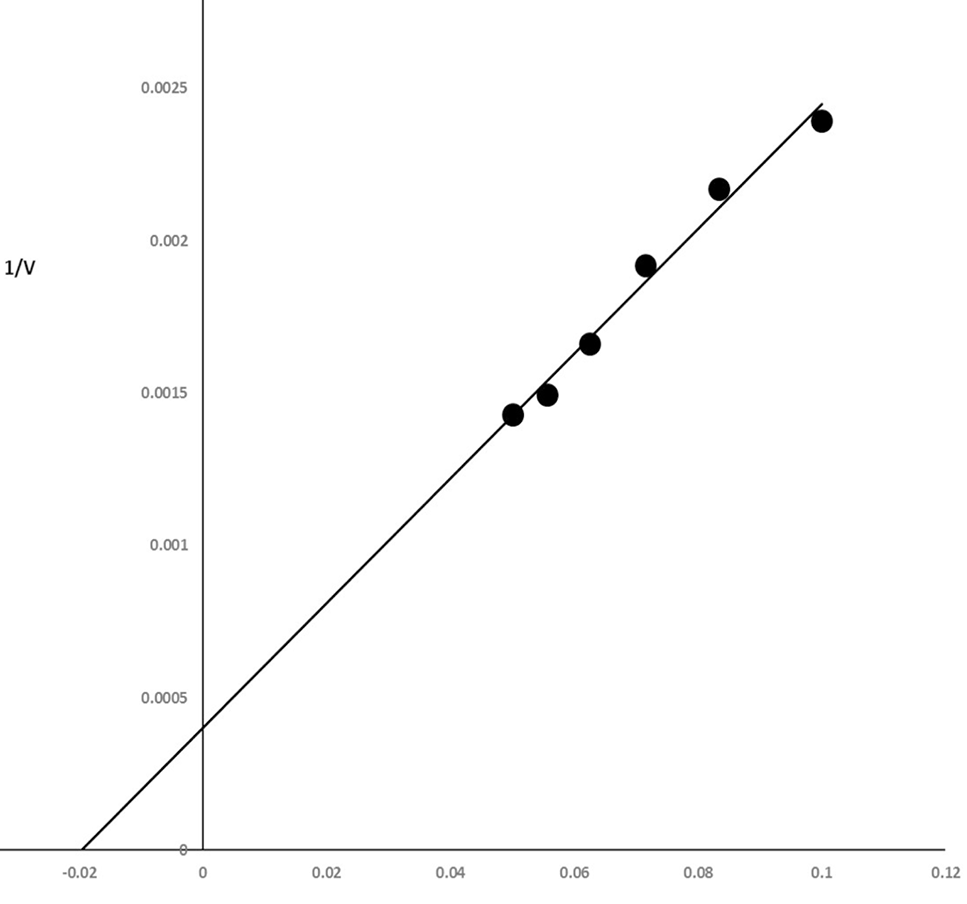Featuring
-
Comparative Analysis of Carcass Traits of Three Egg Quail Populations (Coturnix coturnix)
Ying Lei, Xin Le Wang, Jun Yan Bai, Jing Yun Li, Zhi Hao Dong, Yu Chen, You Bing, Yang, Xu Guang Yang and Ren Jie Liang
Pakistan J. Zool., Vol. 57, Iss. 2, pp. 999-1001
-
Kits Performance of Hyla, Hycole and its Reciprocal Crossbreds in Tropical Climates
Bram Brahmantiyo, Henny Nuraini, Komarudin, Nurul Pratiwi and Ferdy Saputra
Pakistan J. Zool., Vol. 57, Iss. 2, pp. 995-998
-
The First Record of the Non-Native West African Lungfish, Protopterus annectens (Owen, 1839), in Poyang Lake, China
Jinming Wu, Wen Xiong, Dong Xie, Xiaoping Gao and Haile Yang
Pakistan J. Zool., Vol. 57, Iss. 2, pp. 991-994
-
Length-Weight Relationships of Oreochromis niloticus (Linnaeus, 1758) Around the World
Wenqian Sun, Xiaohao Shi, Guangcan Lin, Xingyu Chen, Kamran Anwar Tanwari, Chunyang Zhao, Yanting Song, Quan Zhan, Langhao Sun, Xuehua Liu, Zhengxiang Wang, Lei Pan and Chengdong Peng
Pakistan J. Zool., Vol. 57, Iss. 2, pp. 987-990
Subscribe Today
Receive free updates on new articles, opportunities and benefits

© 2025 ResearchersLinks. All rights Reserved. ResearchersLinks is a member of CrossRef, CrossMark, iThenticate.







